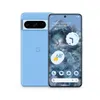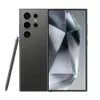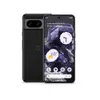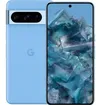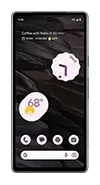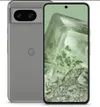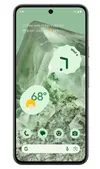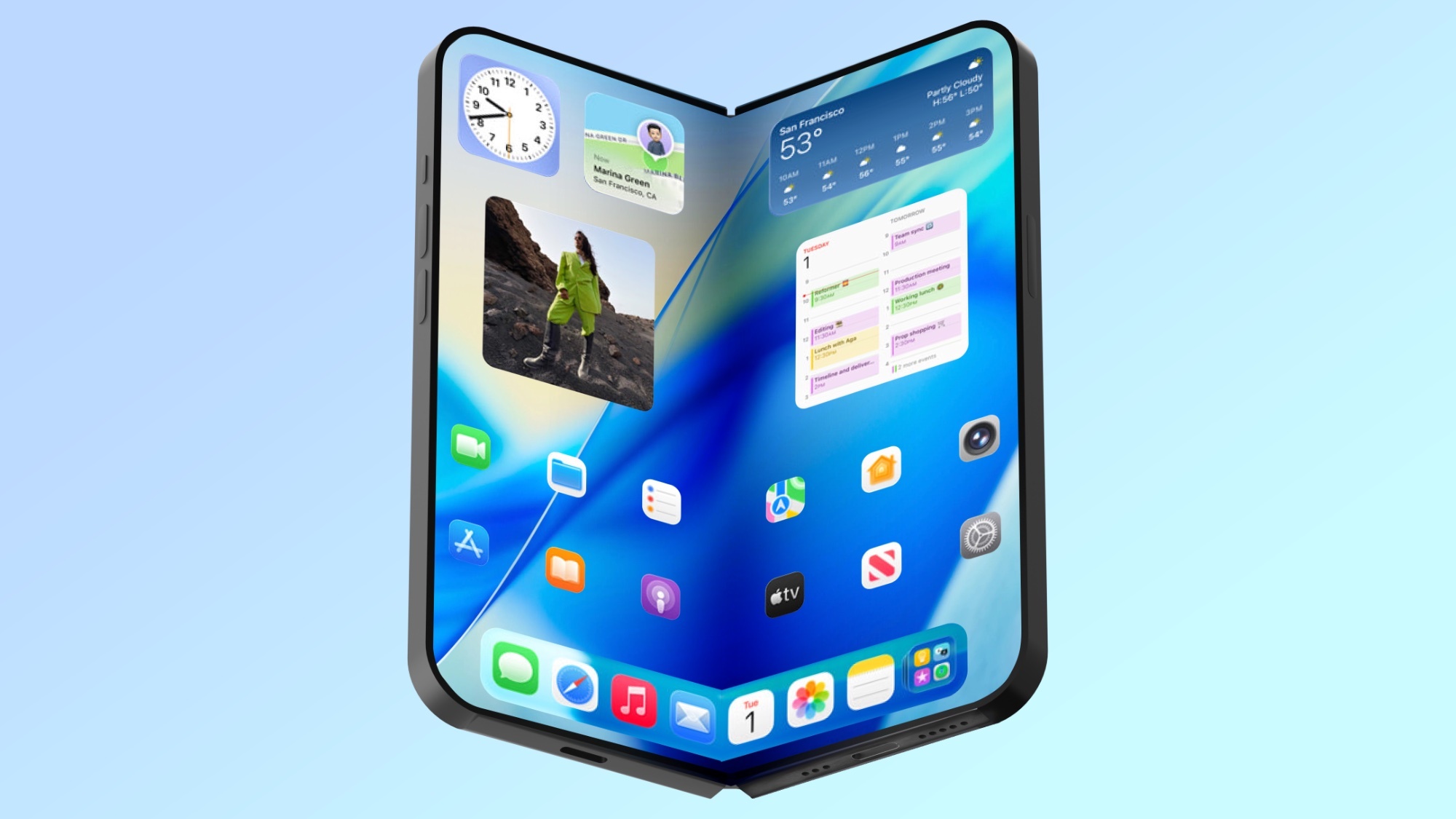Pixel 8a is proof that Apple can't afford to shortchange the iPhone SE 4 — here's why
Apple could really learn from Google and Pixel 8a
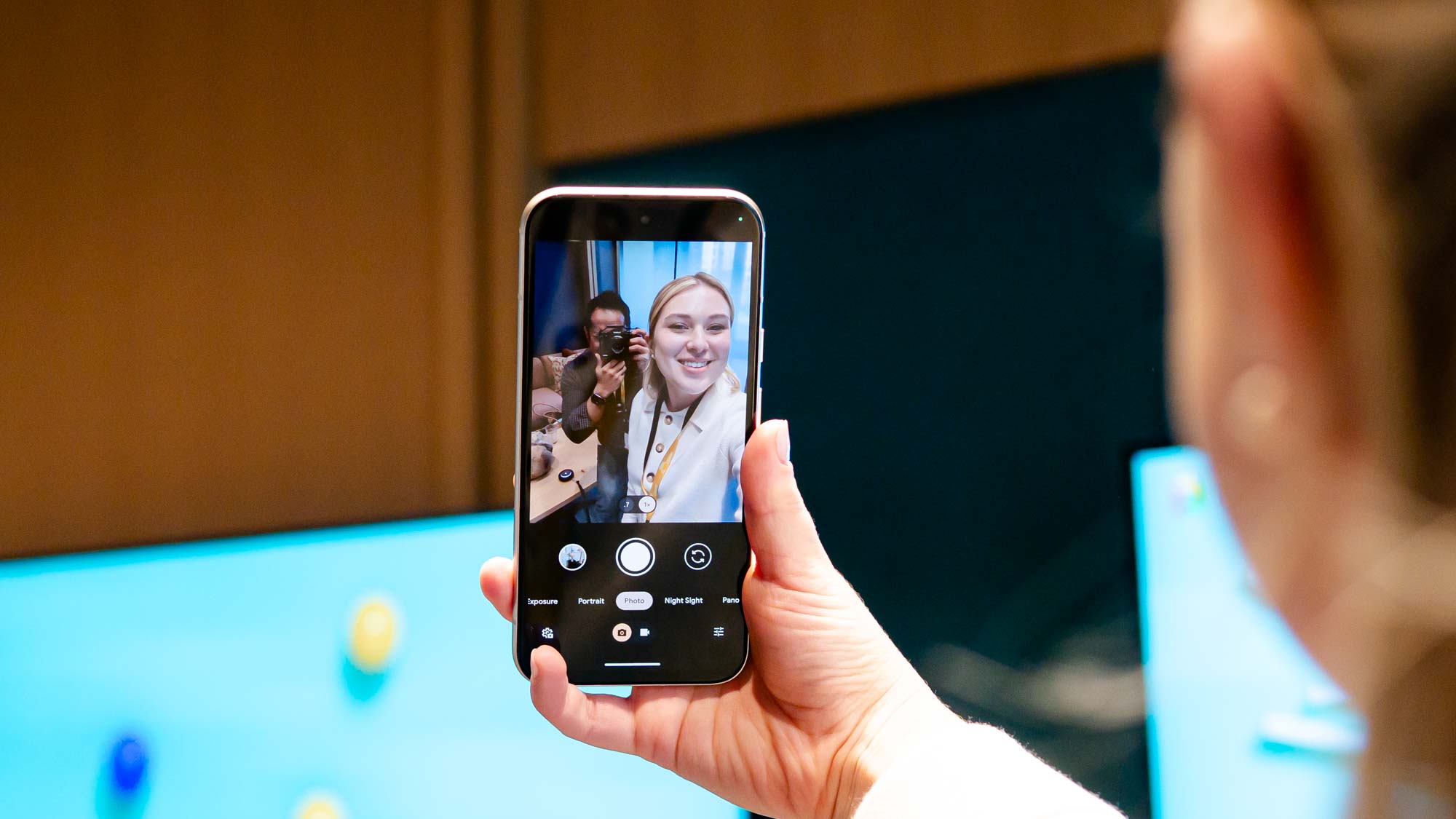
Even though it’s been one of the quieter announcements Google has made in recent years, the May 7 introduction of the Pixel 8a is still special for many reasons. I’m actually really excited to test out the midrange phone, which could replace its predecessor in our best cheap phones list. More importantly, though, it’s further proof that the iPhone SE (2022) is sorely out-of-date at this point.
That’s because we’re more than two years out from the iPhone SE 3’s release in 2022, with fingers pointing at a much longer wait for its successor. In fact, the latest iPhone SE 4 rumor suggests a 2025 release for that model, which exposes how dated the 3rd generation iPhone SE is versus the competition. That’s a long stretch when you take into account all the technical innovations that have happened over the last two years.
With the Pixel 8a’s announcement, however, it’s an opportunity to ensure that the ensuing cheapest iPhone in Apple’s lineup won’t be a disappointment. Here’s why Apple can’t afford to skimp out on the iPhone SE 4.
Bigger display improvements
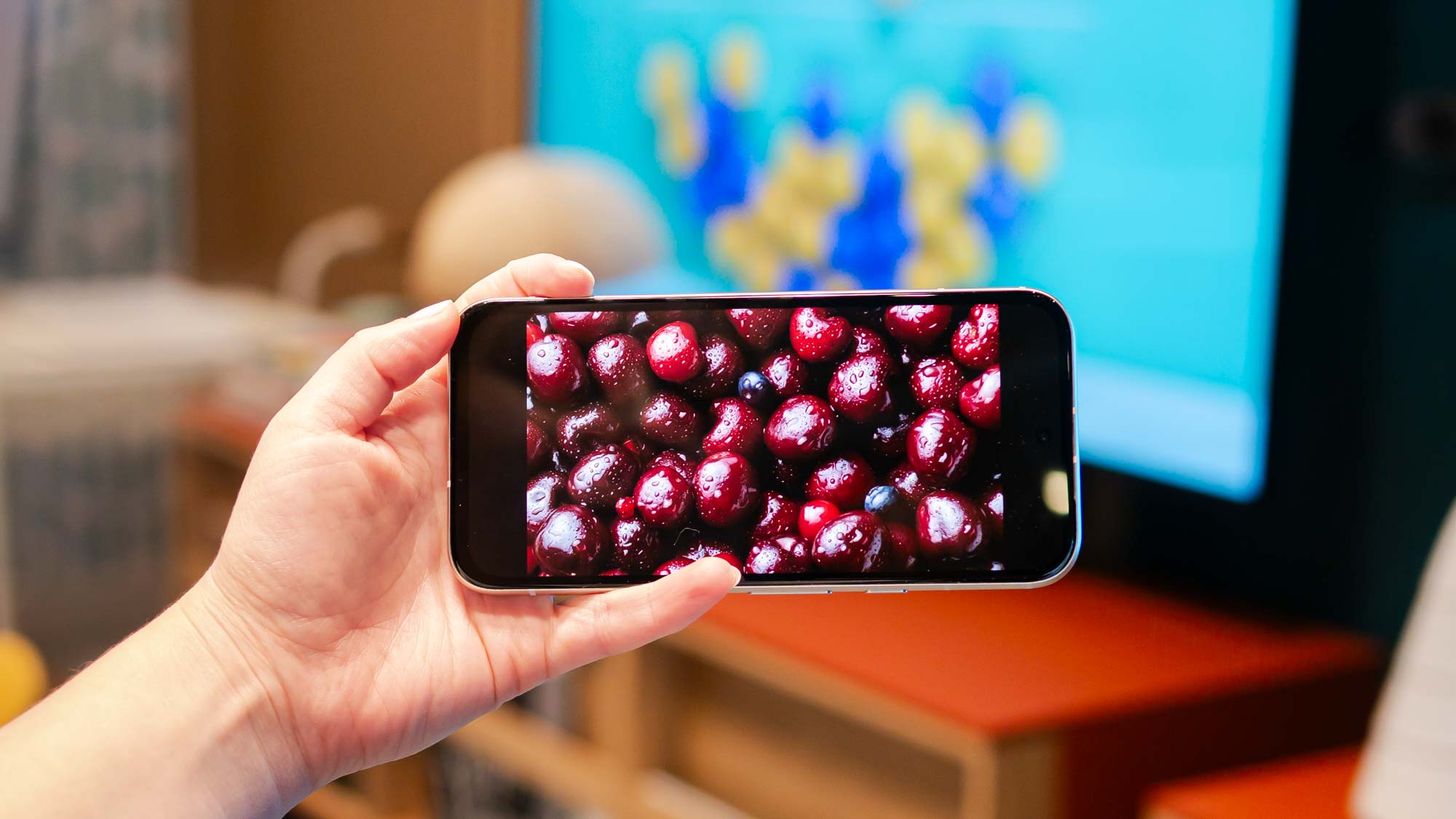
Phone makers usually make a point to include brighter display panels with their newer phones, but Google really hits it out of the park with the Pixel 8a. While its size and resolution don’t seem to differ from the Pixel 7a, there are a couple of ways I think it’s better.
For starters, the 6.1-inch OLED panel looked stunning when I played a couple of videos during my Pixel 8a hands-on time. The Pixel 8a actually adopts the same Actua display found in the Pixel 8, which is technically higher on the totem in Google’s phone lineup — so it’s also rated for a peak brightness output of 2,000 nits.
I’m eager to put Google’s claim to the test, but if there’s any indication from our Pixel 8 review, I think the Pixel 8a can be just as bright. Our lab testing measured the Pixel 8 reaching 1,349 nits while displaying HDR content, which makes the 536-nit reading of the iPhone SE 3 laughably dim. Brightness isn’t just an opportunity for the iPhone SE 4, but also refresh rate because the Pixel 8a makes the leap into 120Hz territory, up from 90Hz on the Pixel 7a. The iPhone SE is stuck at 60Hz.
Apple needs to ensure that the iPhone SE 4 gets a substantial display. That could very well happen if Apple ditches LCD in favor of OLED, while also increasing the size of the display to either a 5.7- or 6.1-inch panel. But the tougher question is whether Apple will upgrade the refresh rate, mainly because iPhone 16 rumors hint that Apple will be sticking to 60Hz refresh rates with its standard models. Good luck convincing the company to offer something better for its least expensive iPhone.
Get instant access to breaking news, the hottest reviews, great deals and helpful tips.
Helpful AI features
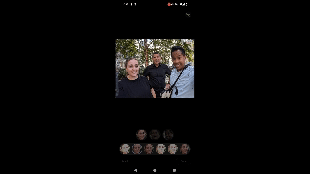
If I were to do a proper Pixel 8a vs. iPhone SE 3 comparison, the one area where Google’s phone clearly has a dominant advantage would be around AI features. The Mountain View, Calif.-based company brings many of the Google AI features I’ve come to enjoy on my Pixel 8 Pro to the cheaper Pixel 8a. That’s huge because these are features that I’ve found to not only be practical in my day-to-day, but they do exactly what Google advertises — save me time.
Meanwhile, the only features that are remotely linked to artificial intelligence on the iPhone SE3 mostly come in the form of contextual responses from Siri. After using AI-assisted features like Best Take and Magic Editor on my Pixel 8 Pro — two of the many AI features the Pixel 8a also offers — there’s nothing close to what the iPhone SE 3 currently offers.
While rumors hint at AI features coming to the iPhone 16, it’s unknown if any will trickle down to older models — with the iPhone SE 4 being more of a longshot. It would be unwise for Apple to neglect adding some AI features in its lower priced models, seeing how AI has become one of the leading trends in 2024.
Affordable pricing
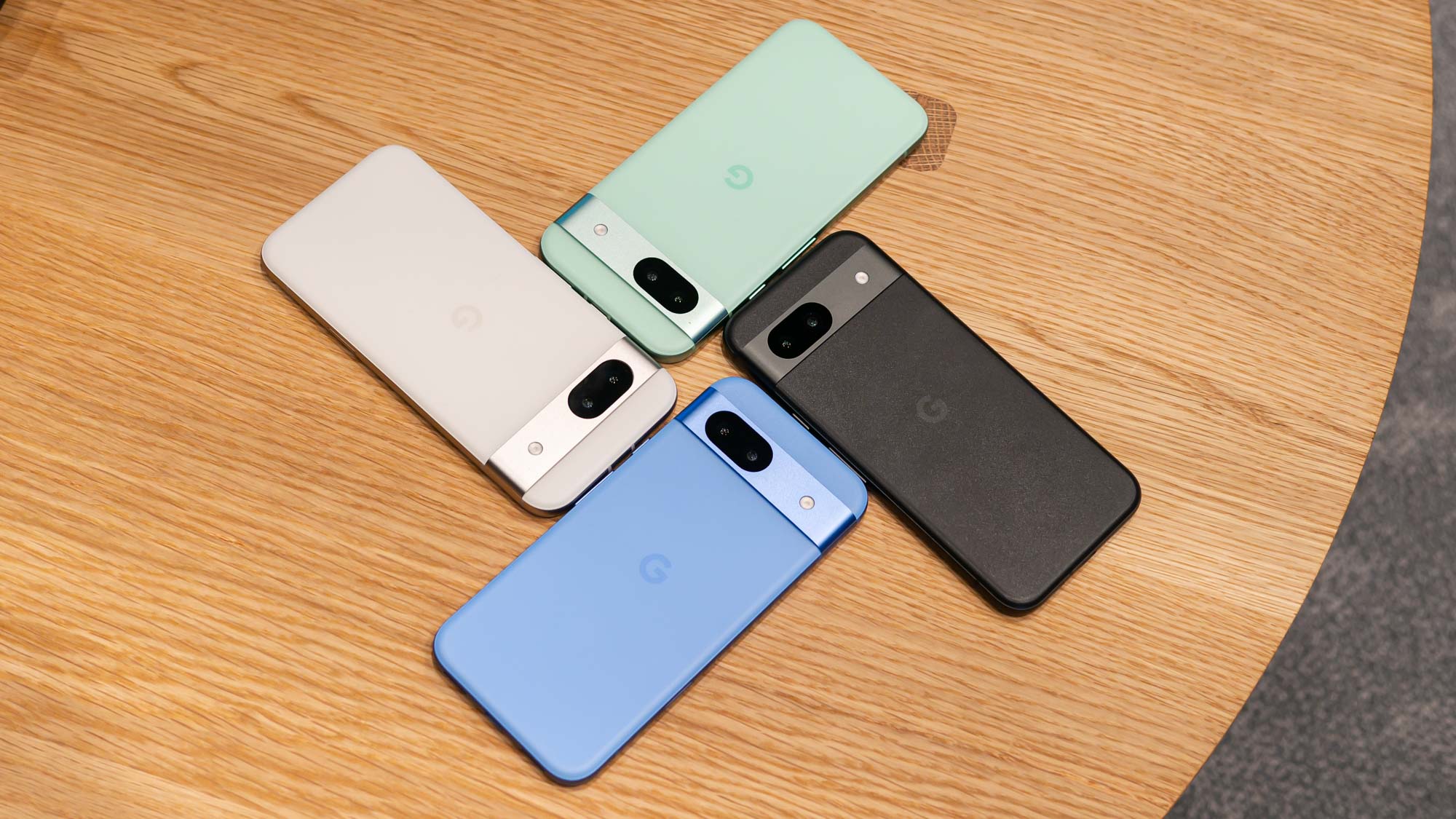
Rising costs are inevitable, so as much as I’d love for Apple to keep the same $429 starting cost for the iPhone SE 4, I don’t think it’ll happen. But at the very least, it has to give the Pixel 8a competition by continuing to undercut the price of Google's phone.
One of the more surprising announcements about the Pixel 8a is its unchanged $499 starting cost in the U.S. If Apple is somehow to give the iPhone SE 4 all of the neccessary upgrades I’ve mentioned, and somehow still comes out to less than the Pixel 8a, I think it would be serious statement for all other phones in the midrange category. Apple could even seduce Pixel 8a buyers later on if the iPhone SE 4 indeed comes in at a lower cost.
Whatever happens, one thing’s clear: the iPhone SE 3 is holding onto life support. There’s not much else it can do to stop the Pixel 8a from simply owning the midrange market, but Apple can learn from what Google is doing.
If the iPhone SE 4 really doesn’t get announced until 2025, I certainly hope it’s the biggest upgrade the series has seen since the beginning. It deserves it at this point.
More from Tom's Guide
- Samsung Galaxy Z Fold 6 and Flip 6 color and storage options leaked — what we know
- Google tipped to start charging users for AI search results — here's what we know
- Samsung Galaxy Z Fold 6 tipped to have these major improvements

John’s a senior editor covering phones for Tom’s Guide. He’s no stranger in this area having covered mobile phones and gadgets since 2008 when he started his career. On top of his editor duties, he’s a seasoned videographer being in front and behind the camera producing YouTube videos. Previously, he held editor roles with PhoneArena, Android Authority, Digital Trends, and SPY. Outside of tech, he enjoys producing mini documentaries and fun social clips for small businesses, enjoying the beach life at the Jersey Shore, and recently becoming a first time homeowner.
